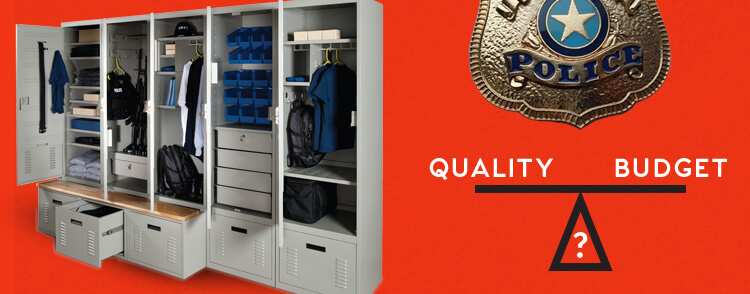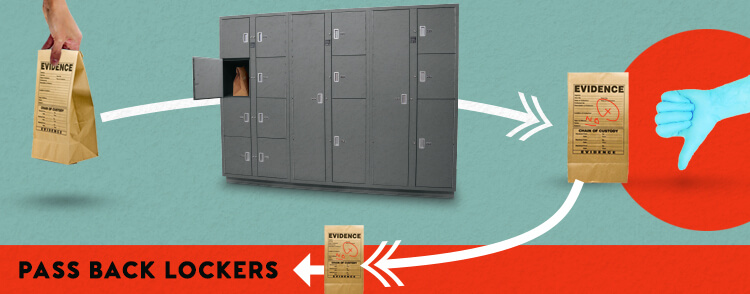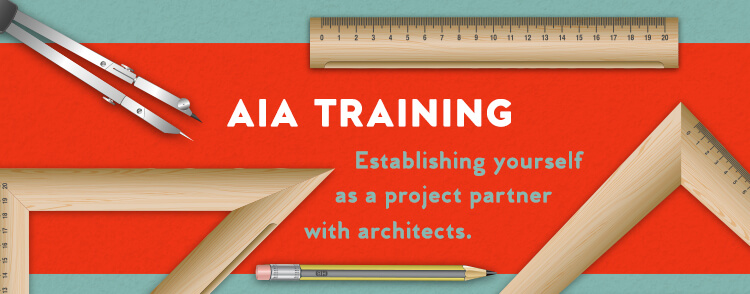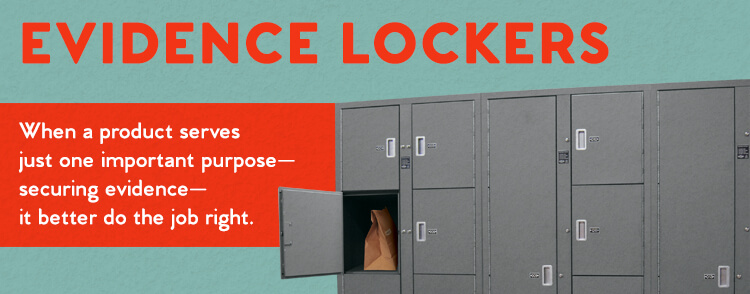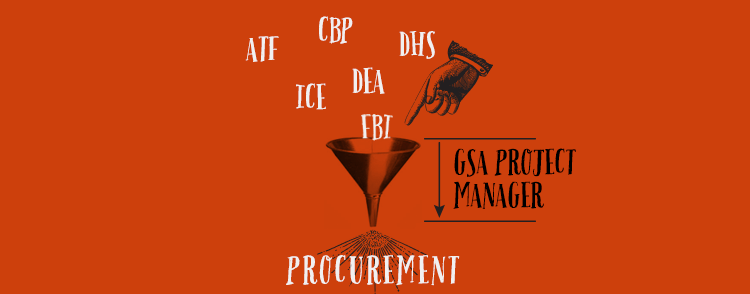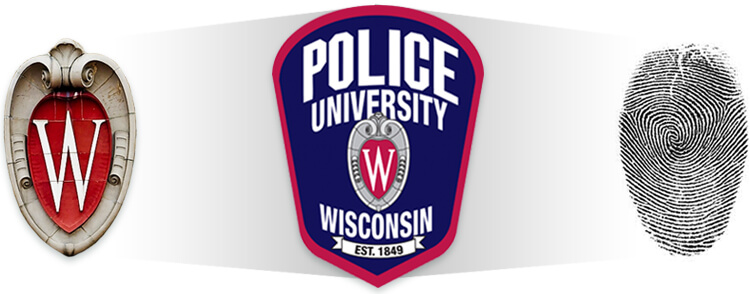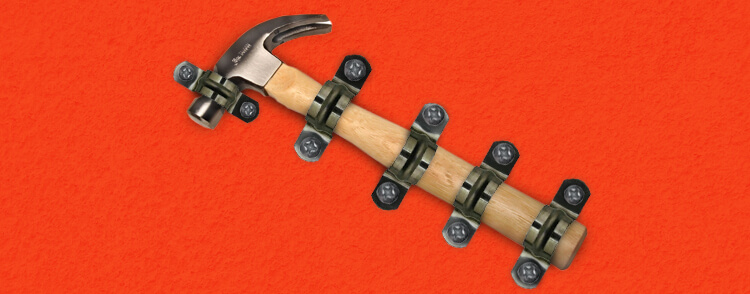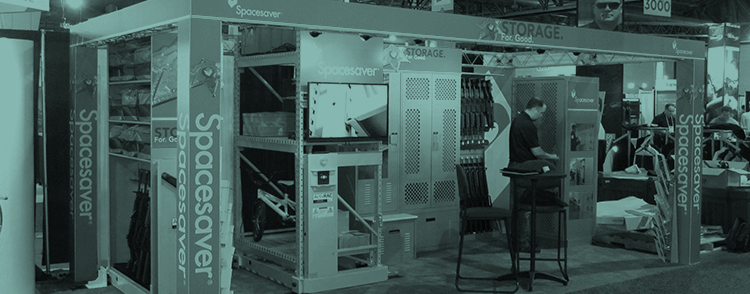CHALLENGER INSIGHTS Vol. 20:
How to Sell Beyond the Features
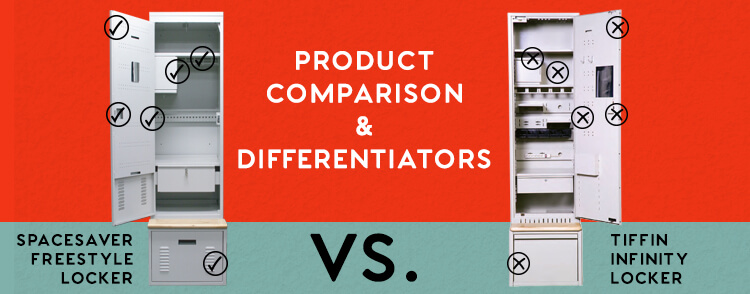
When you spend every day designing and selling storage solutions, it’s easy to get bogged down with the features—this type of lock, that type of weld, this style of handle. We proudly describe all of these differentiators to potential customers, yet we often forget to explain why it matters.
Architects and users know what they need a solution to do, but they don’t necessarily know how specific features can help them achieve the security they need. Rather than leading with features, we need to be leading with the “why,” and letting that guide our discussion about how our construction supports their needs.
“Why does that matter to the Chief of Police?”
Curt Rogers recently contacted me to talk about a FreeStyle Locker bid he was working on. He came to me with a question: “How are we set apart from Tiffin Infinity lockers?” He and I went through some photos of the lockers. Before I could finish describing a difference in the two products, Curt asked the golden question: “Why does that matter to the chief of police?”
We have to teach architects and potential customers not just how we’re different, but also how those differences equate to better quality, increased peace of mind, and improved security. I often hear the cop out (pun intended) that “any new locker we buy will be better than what the officers have now.” I remind the prospects that the options may seem equally attractive now, but you’re making sacrifices in the long run. Are the officers going to be as excited in six months, a year, or ten years after the sale?
Using the Product Comparison Tool
Look at the Product Comparison between Freestyle and Infinity. This document is designed to help you not only point out the differences in features, but also to explain their relevance to the user. Here are a few points you could pull out of this tool when talking to a customer:
- Doors and latches: The Infinity Locker boasts double-paneled doors, but is riveted rather than welded, which allows the door to bend and flex. The Infinity features “multiple point latching, “ but I can bend the door enough that the bottom latches but the middle and top latch don’t latch. Why does this matter? The door is the part of the locker that gets the most use and abuse. Durable locker design starts with door stiffness, and the Infinity Locker has a poorly fastened door.
- Drawer Design: The FreeStyle Locker is engineered so that the drawer is integrated into the locker frame. Tiffin puts the drawer beneath the locker as a base, and the locker and drawer are bolted together, creating a ridge at the back of the bench seat where trousers can become snagged.
- Drawer Release: When the FreeStyle Locker is opened, the drawer release is automatically activated. Perhaps one of the greatest flaws in the Infinity Locker is that the interlock release cable runs through the drawer cavity to the interior of the locker. Tiffin requires a handle to be pulled to release the drawer. What happens when the cable or handle breaks? How does the officer access his gear? Does he call the general contractor? When would a technician be available? That’s trouble waiting to happen!
If we want to win sales, we have teach architects and prospective customers about the differences and why those differences matter. Spacesaver has provided outlines for common locker and evidence locker competitors.
These tools are designed for you. Use them to teach the customer that you understand their needs, and show them how much you care about what they do. You can find the full set of differentiator tools here.
Have you been using these tools already? How do you teach differentiation? Did we miss any points of differentiation that matter to law enforcement customers?
Email McKenna Dustman at mdustman@spacesaver.com with your thoughts.
